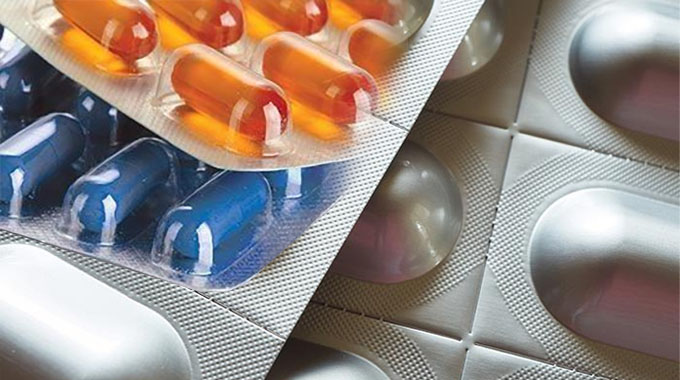While efficacy and safety remain the main focus when it comes to healthcare packaging, sustainability has also become as important for healthcare providers and patients. In this article, we will be discussing how innovations relating to pharmaceutical laminates which were once used traditionally for stick packs, strip packs, and sachet formats are assisting with answering a few challenges linked to sustainability when it comes to pharmaceutical packaging.
We spoke with Daniel Roiz, the Director of Amcor’s Healthcare Marketing to discover more on the current additions to the portfolio of High Shield Pharma Laminates.
Question One: What are the current challenges that pharmaceutical companies are facing that require strip packs, stick packs, and sachet formats?
Answer: The main challenge is associated with protecting the medication against contamination and ensuring the best shelf life. Traditionally, stick packs and sachets were used for products that are orally administered, presented in either gel, powder, or liquid form. In every case, protecting these medications from loss of or excess humidity is vital to maintain the efficacy of the drug for as long as possible and to retain the shelf-life.
Today, the standardised solution to these challenges is using multi-material laminate that contains a mixture of plastic, aluminum, and in most cases using paper, for the exterior of the product. This multi-material nature has meant that these products cannot be recycled. The increasing demand for solutions that are more sustainable has meant that we have had to rethink the ways we are packaging consumer oral prescription drugs and health products.
Question Two: What has your journey looked like to an increased sustainable portfolio for “High Shield Pharma Laminates”?
Answer: In most cases, our journey begins by first defining a solution that is sustainable for both our customers and us. What does the product need and how can we align this with our goal of making sure our packaging is more sustainable? The definition that we created of what is “more sustainable” was built around 3 pillars:
1.) Limiting the use of resources
2.) Reducing our carbon footprint (even when the product is not always recycled)
3.) Preventing environmental pollution by ensuring that our packaging has been designed to be acceptable to the established streams of recycling.
With this in mind, our expertise in material science, along with our far-reaching knowledge surrounding consumer health and the pharma space, and insights from consumers all went into designing our portfolio so that it matches technical challenges. At the same time, we have enabled brands to offer options that are more sustainable that align with patient and consumer needs.
Question Three: Consumers are interested in playing more active roles when it comes to sustainability, do the breakthroughs relating to pharmaceutical laminates actually support this?
Answer: In an overview our complete portfolio associated with High Shield Pharma Laminates that are more sustainable allows healthcare systems, our customers, and even consumers to decide on the correct choices. Whether this involves the ability to recycle end products or reduce their carbon footprint associated with the materials, they now have a choice to make decisions that are more sustainable regardless of their needs.
Question Four: Consumer trends, especially when it comes to the OTC (over-the-counter) space can influence packaging innovations. What type of consumer trends tend to drive innovation today?
Answer: There are currently two primary trends that drive packaging innovation when it comes to the over-the-counter space, along with another trend that is more aligned with stick and sachet packs when compared to other formats:
The first is the “sustainable agenda”. Similar to other segments sustainable packaging or sustainability has turned into a “license” to operate. This current trend has been propelled by three important factors. These include an increase in consumer awareness surrounding how they are impacting the environment, commitments to offer sustainable solutions, and regulatory pressure.
The next consumer trend has to do with the requirements of the ageing population. Most of the adults that are now over 60+ years that span the developed regions are driving a need that involves products that are easier to access or open, over-the-counter packaging that is easy to access, while still remaining child resistant. This has resulted in innovations that relate to accessibility functionality and the opening of different packaging.
The last trend relates to on-the-go convenience. The way that we live now is far more dynamic when compared to previous years. OTC packaging has to be convenient and compact and withstand being kept in a pocket or bag without contamination or damage. The pack should also house products that are easy to use such as medications that don’t require water to be swallowed or consumed.
We accounted for each one of these factors when we designed our complete portfolio of high-quality pharmaceutical laminates.














